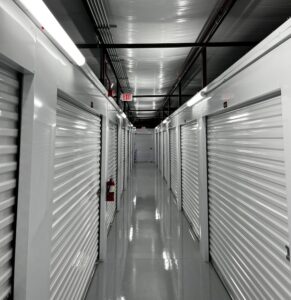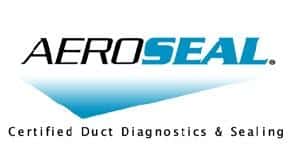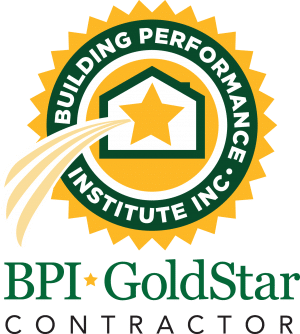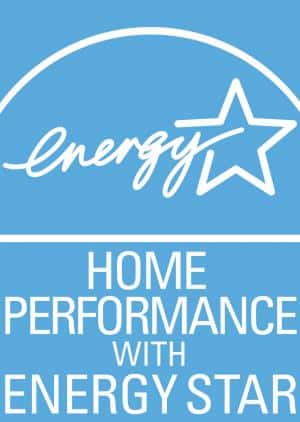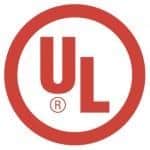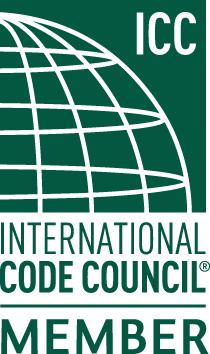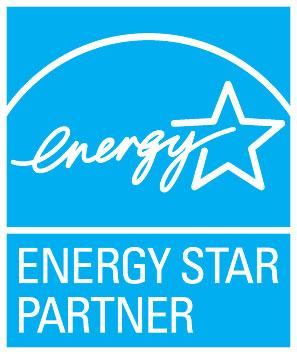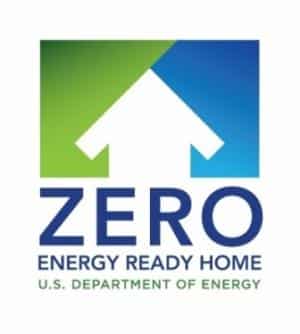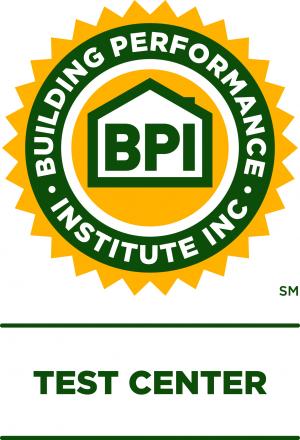Dust (particulates) in homes and buildings is part of life. It is brought in or drawn indoors from the outside and created from within our homes and buildings all the time. High levels of indoor dust particulates have been shown to exacerbate allergy and asthma symptoms. Locating and reducing the source of excess dust can be as simple as increasing ventilation or changing furnace filters. Even small changes can make a big difference to your well-being. Priority Energy’s indoor air quality (IAQ) assessments will measure dust and particulate levels and determine if your indoor air could be affecting your health. We will develop a plan to help you correct the problem and breathe easier.
Humid indoor air can increase levels of dust mites and allergens.
These mites are microscopic and feed on skin flakes and other organic materials in dust.
Bedding, upholstered furniture, and carpets are among the sites where dust mites live (LBL).
Solutions for Reducing High Particulate Levels
Every situation is slightly different, so we offer a variety of options that will lower particulate levels in homes and buildings. Our specialists will recommend the most effective solution for your indoor environment and budget.
Options Include:
-
Changing the furnace filter to a MERV filter. MERV is the rating system developed by ASHRAE to grade a filter’s effectiveness at trapping particulates. Residential homes should use a MERV 7-12. Filters with higher MERV ratings can actually make a residential HVAC system less efficient, worsening air quality and putting too much pressure on the fan.
-
Adding an energy efficient TFP air cleaning unit with a HEPA filter. This system is able to catch 99.97% of health-threatening particles.
-
Installing a Plasma Air purifier. Attached to the ductwork, this small unit releases millions of positively and negatively charged oxygen ions. The ions travel through the ducts into each room where they trigger cell oxidation, a process which reduces airborne mold, bacteria, and germ particles, in addition to breaking down chemical and VOC gasses and odors.
-
PCO or Photocatalytic oxidation is achieved when you combine UV light rays with a titanium-coated filter. This creates highly reactive electrons which aggressively combat bacteria and VOCs. A PCO air cleaner can sit on a table, bookshelf or be placed inside the ductwork.
-
Electrostatic air filters are furnace filters that use static electricity to trap dust particles and clean the air. Effectiveness, in part, depends on the velocity of the air moving over the filter, so the HVAC system in the home or building must be operating correctly for the best air cleaning results.

